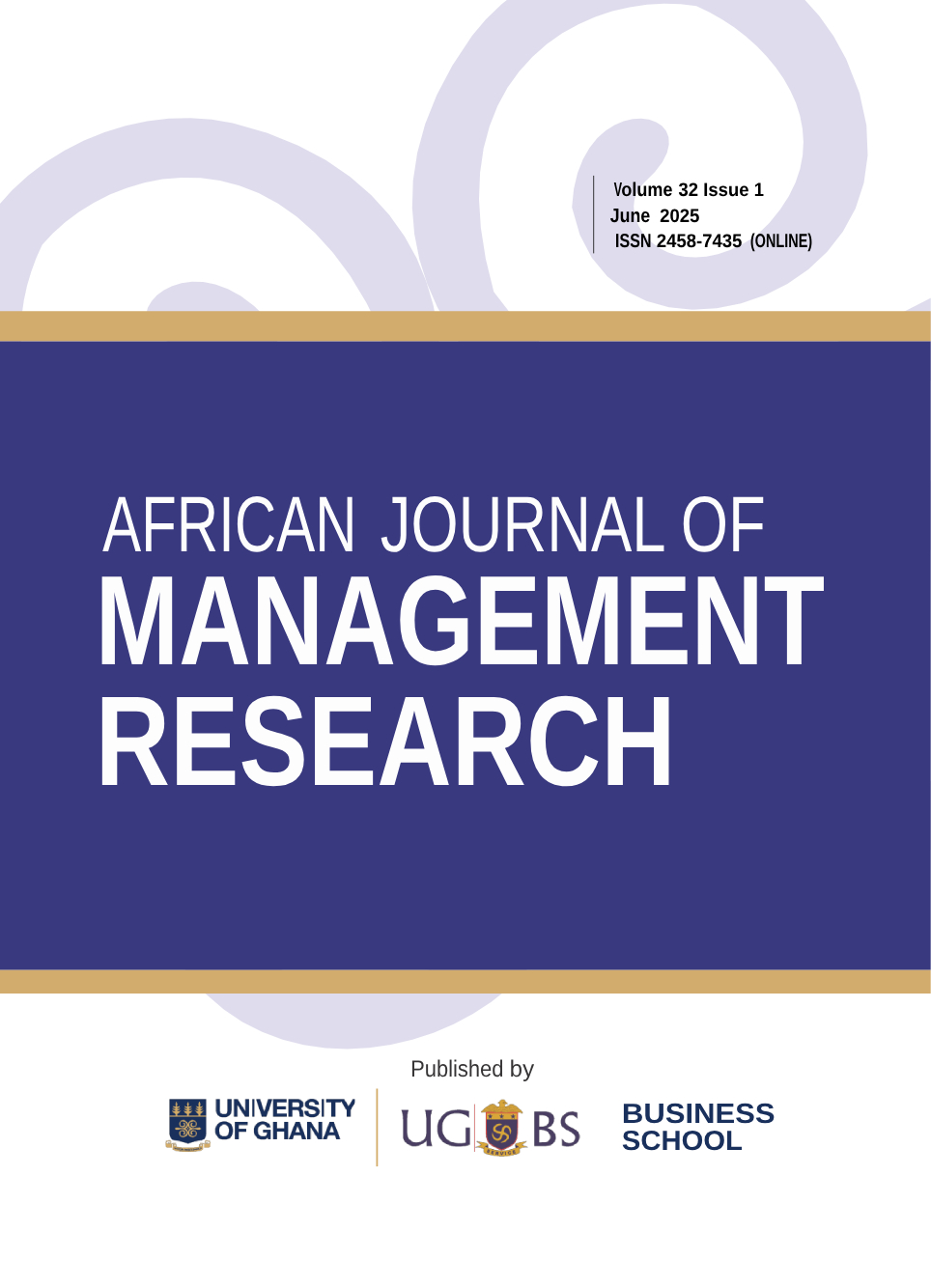Assessing Hydropower Leadership Functions and Performance in Rwanda: Case of Selected Hydropower Plants
Abstract
Hydropower is crucial to Rwanda’s renewable energy sector, contributing significantly to electricity generation. However, leadership effectiveness influences operational efficiency and sustainability. This study examines the impact of leadership functions such as planning, coordination, and monitoring on the performance of selected hydropower plants. Rwanda’s 37 hydropower plants have an installed capacity of 109.7 MW, but only 58.0 MW is available, highlighting operational inefficiencies linked to ineffective leadership. This study aims specifically to analyze the planning of hydropower leadership, assess the coordination of hydropower leadership, and then examine the monitoring of hydropower leadership and its performance in Rwanda using a mixed-methods approach. data was collected from 135 respondents, including plant managers, engineers, and operational staff, through structured questionnaires. Descriptive and inferential statistics, including correlation and regression analysis, were used to assess the relationships between leadership functions and performance indicators such as plant availability, operational efficiency, and maintenance costs. Findings indicate that structured planning optimizes resources, strategic coordination enhances teamwork, and continuous monitoring improves maintenance and reliability. A significant positive correlation was found between leadership effectiveness and key performance indicators. However, gaps remain in workforce training, monitoring tool utilization, and stakeholder engagement. The study highlights the need to strengthen leadership competencies in Rwanda’s hydropower sector. Capacity-building programs and advanced monitoring technologies are recommended to enhance leadership effectiveness and maximize renewable energy potential.




